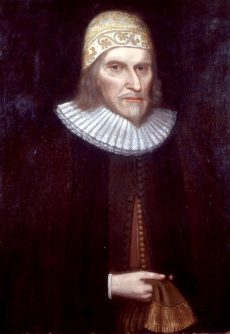- About
- Visiting
- What’s On
- Venue hire
- Catalogues
- Collections
- 101 Treasures of Chetham’s
- Digital Resources
- The Flowers of Histories
- A Book of Hours from France
- The Manchester Scrapbook
- Thomas Barritt of Manchester
- Art Treasures Examiner of 1857
- Manchester Association for Constitutional Order
- The North Western Museum of Science and Industry: Some Reminiscences by Richard Hills
- Criminal Manchester
- The Cup of Destiny
- Athenaeum Souvenir
- Middle English Manuscripts
- Manchester and Liverpool of Today
- Hollingworth’s Mancuniensis
- Memoir of Cecil Wray
- William Seward’s Diary
- The Anti-Monopolist
- Fishwick’s History of Rochdale
- Knyvett’s Defence of this Realm
- Tractatus de Nigromantia
- Axon Ballads
- Printed Books & Ephemera
- Archives & Manuscripts
- Prints and Photographs
- Blog
- Support us
Plantin Polyglot Bible
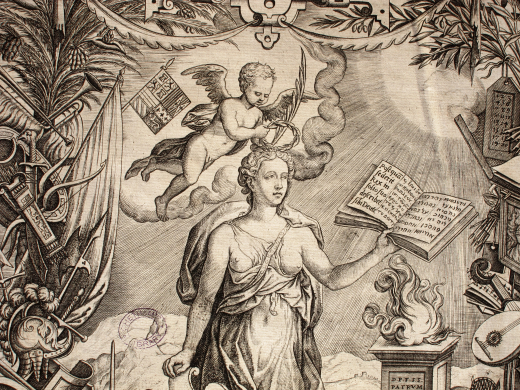
The Plantin Polyglot (also called the Biblia Regia or ‘King’s Bible’) was printed under the title Biblia Polyglotta by Christopher Plantin in Antwerp between 1568 and 1573.
The Bible, a polyglot in five languages, was an expression of loyalty to King Philip II of Spain. The king financed the plan and sent the Spanish theologian Benito Arias Montano to Antwerp to watch over the production of this eight-volume masterpiece of printing, which was printed in 1100 copies.
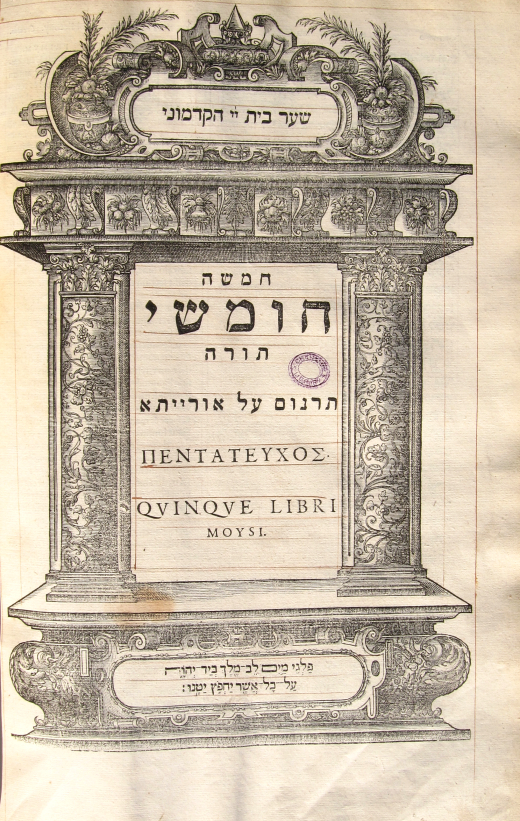
The first four volumes contain the Old Testament. The left page has two columns with the Hebrew original and the Latin translation, whilst the right page has same text in Greek with its own Latin translation. Underneath these columns there is an Aramaic version on the left-hand page and a Latin translation of this on the right-hand side.
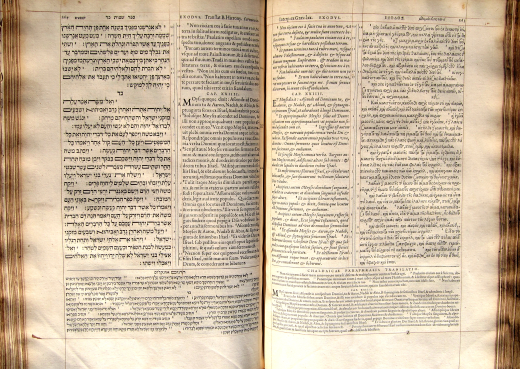
Volume Five contains the New Testament in Greek and Syriac, each with a Latin translation, and a translation of the Syriac into Hebrew. Volume Six has the complete Bible in the original Hebrew and Greek, as well as an interlinear version that has the Latin translation printed between the lines. The last two volumes contain dictionaries.
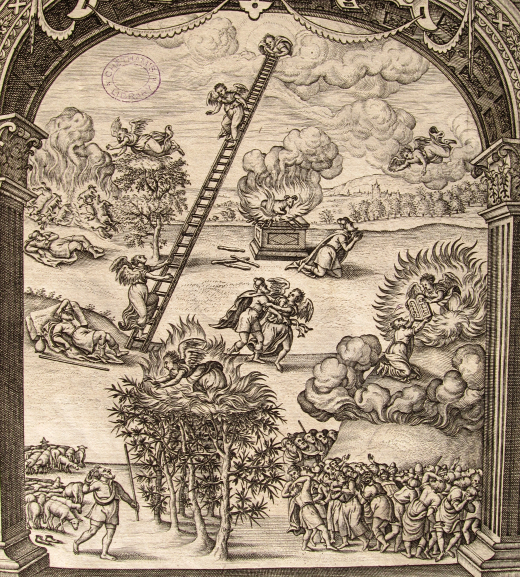
Plantin’s Polyglot Bible was the Library’s most expensive purchase in the seventeenth century, costing £20-0-0 in June 1669. Despite costing a fortune, Chetham’s copy lacks parts of the later volumes, a fact of which the seventeenth century librarians and library governors may have been unaware.
Bibliographical analysis of the Bibles reveal that very many copies are imperfect to one degree or another. Volume One, displayed here, shows the original boards, and has particularly fine engraved titles. The body of the text, however – a triumph for the typefounders and typesetters alike – is perhaps the most impressive part of the work.

